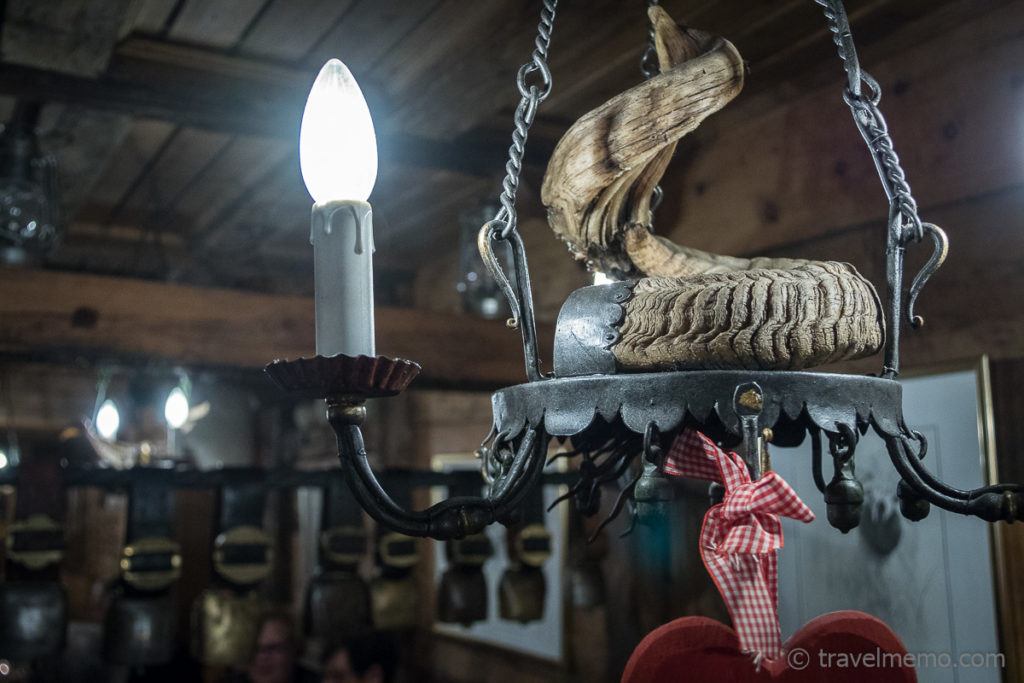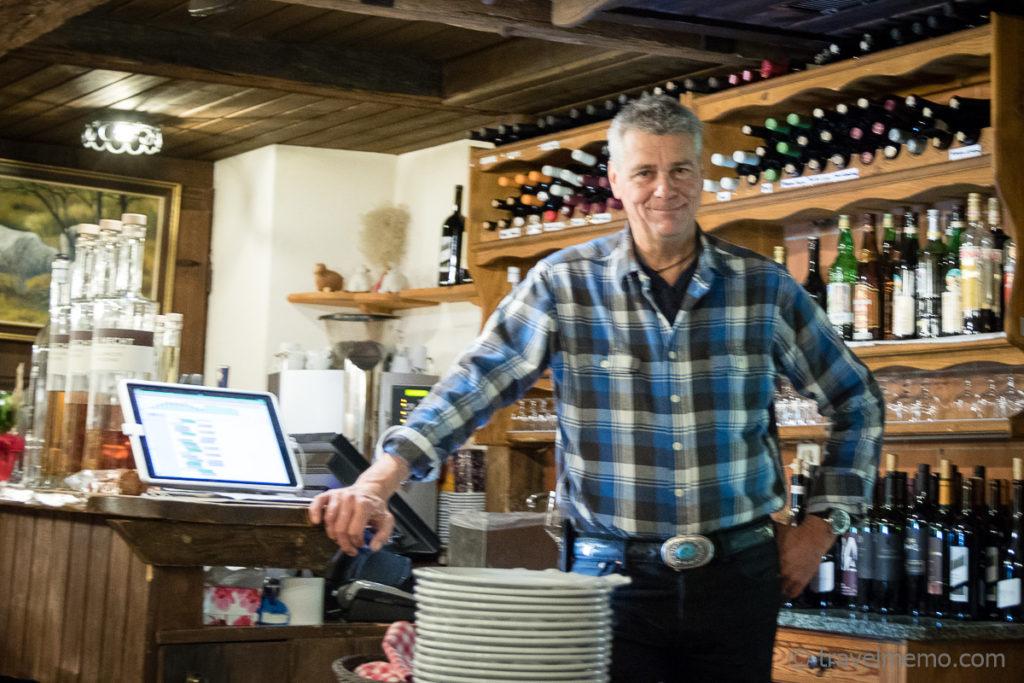Zermatt even has its own beauty contest! Mind you, here the contestants tend not to be tall and lissome, but short and rather plump. But, for this contest, too, they need flawless legs — complete with blotches!
As we walk into the spacious pen where the Julen family keeps its Valais blacknose sheep, we are greeted by the sound of loud “Määähs” and the clomping around of the droll sheep. With their black noses and vaguely Rastafarian locks, the one word that comes to mind is: cute. Not by chance is Zermatt’s mascot a little blacknose sheep named Wolli (almost sounds like “Woolly”).

The sheep peek at us curiously from under their curls and even come up to the fence to greet us. That’s how trusting they are.
Visibly proud of the his blacknose sheep raising operation, the world’s biggest, Paul-Marc Julen shares several facts about his animals with us. So, we learn among other things that during the summer they are allowed to roam completely free on their unfenced alp above 2,400 meters altitude. This is because the blacknose sheep have a very good sense of place. They can be relied on to always hang around where they were fed the last time with their favorite “Gläck” — a mixture of salt and hard bread.
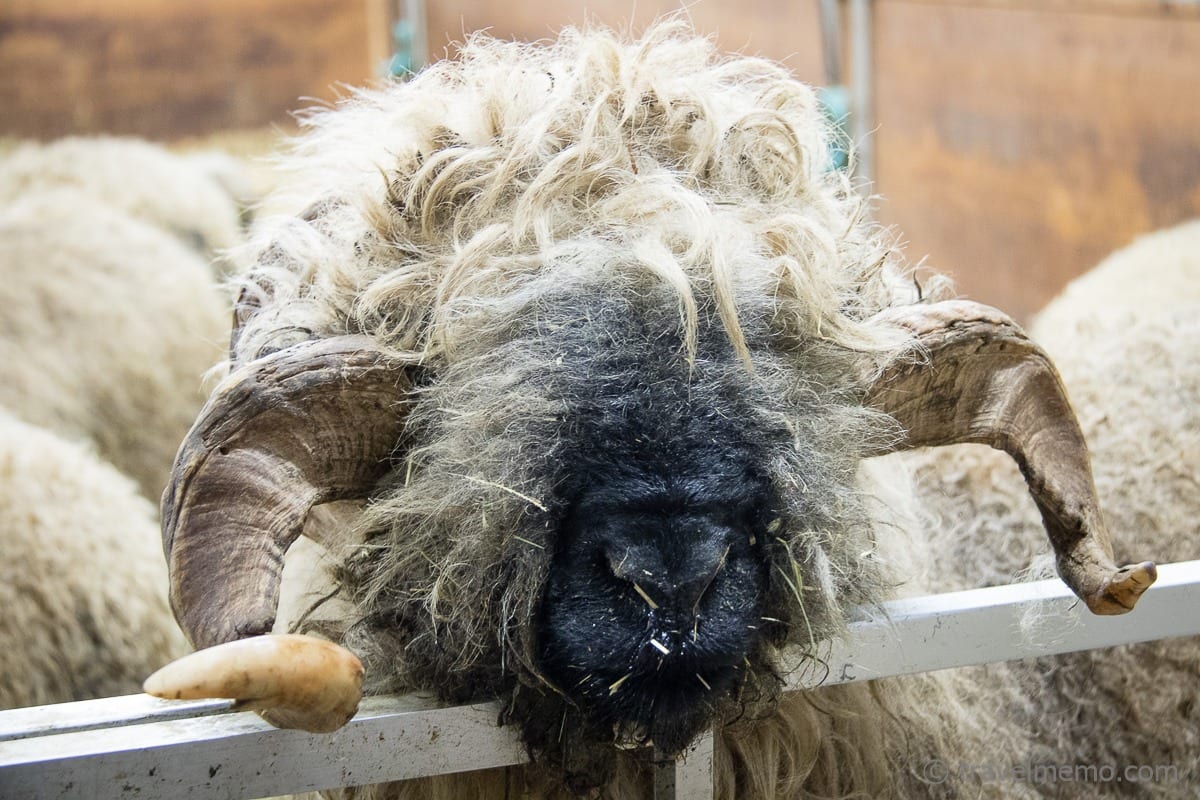
Show those legs, Wolli!
In blacknose sheep husbandry, very precise criteria must be fulfilled. So, in addition to a black nose – naturally – they also need to have regular markings on their legs below the knees down to their fetlocks. And the females must have a black marking on the tail. And, it goes without saying, candidates vying to become “Miss Zermatt” in the beauty contest held annually the second weekend in September have to meet these requirements when they line up for the judges to choose the fairest of them all…
The current year’s Miss Zermatt reigns among the Julen’s flock of sheep. Goes without saying!

The herd’s proverbial black sheep hold the key to genetic diversity in the flock. Without such outliers, the breed would degenerate over the generations. Julen accordingly keeps a close eye on the libidinous “doings” of his rams. For that reason, the rams don’t get to frolic on the alp in the summer. Otherwise, birth control and hence successful breeding would be impossible.
Incidentally, in one season, a blacknose ram can tup as many as 35 ewes! Mamma mia — almost like rabbits! Just in sheep’s clothing…
Hiking to where the blacknose sheep graze
Every year, father Paul and son Paul-Marc invite their guests to hike with them up to the alp where the blacknose sheep spend the summer grazing. That always makes for a special experience — as this photo of the sheep on grazing below the imposing Matterhorn north face proves.
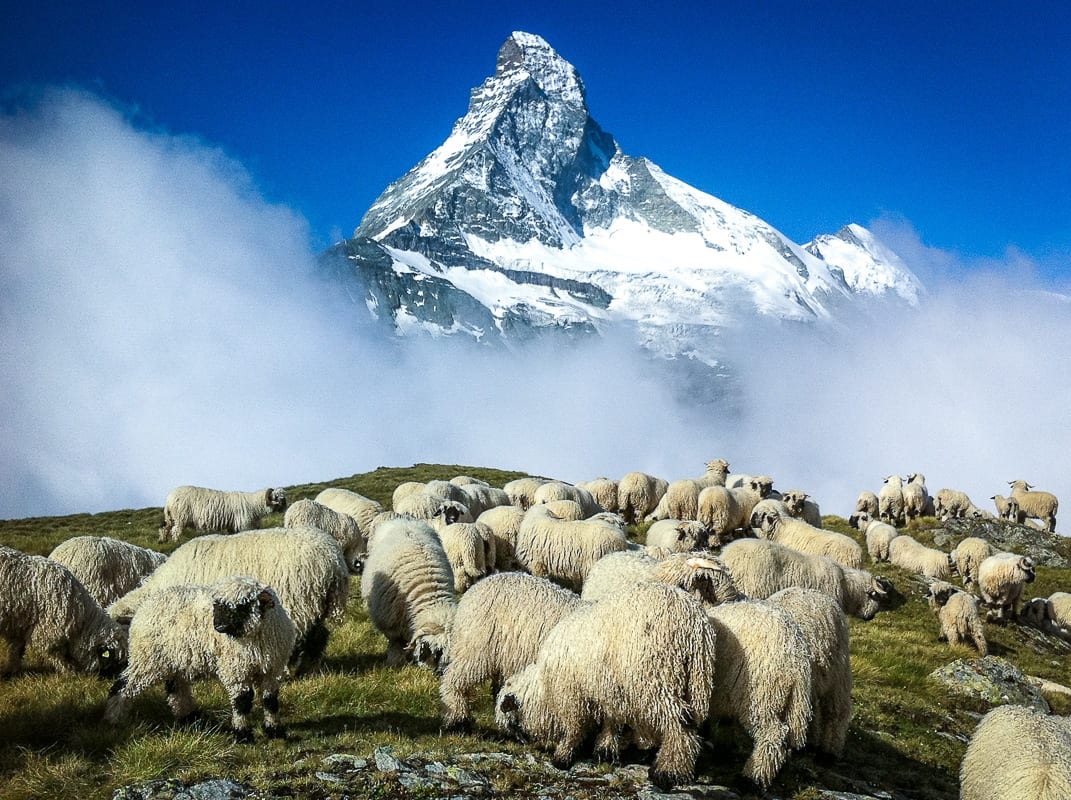
© Paul Julen
Later during our visit, in his cozy Schäferstübli Restaurant Paul Jules show us a photo of his flock of sheep, his eyes shining. Gradually it sinks in how he and his family feel about these animals.
Instagrammer Rayana Gasparotto finds the sheep nearly irresistible ;-)

Blacknose sheep and Tradition Julen
Besides the 300 blacknose sheep, Tradition Julen comprises 3 hotels and 6 eateries. Paul and Paul-Marc seek to combine tourism and husbandry. So, for example, everything they produce on their farm gets used in their nine family-owned hospitality operations. The meat they serve up in the restaurants, the sheep’s wool is turned into blankets, duvets, and pillows for the hotels and the horns and hides are repurposed as decorations.
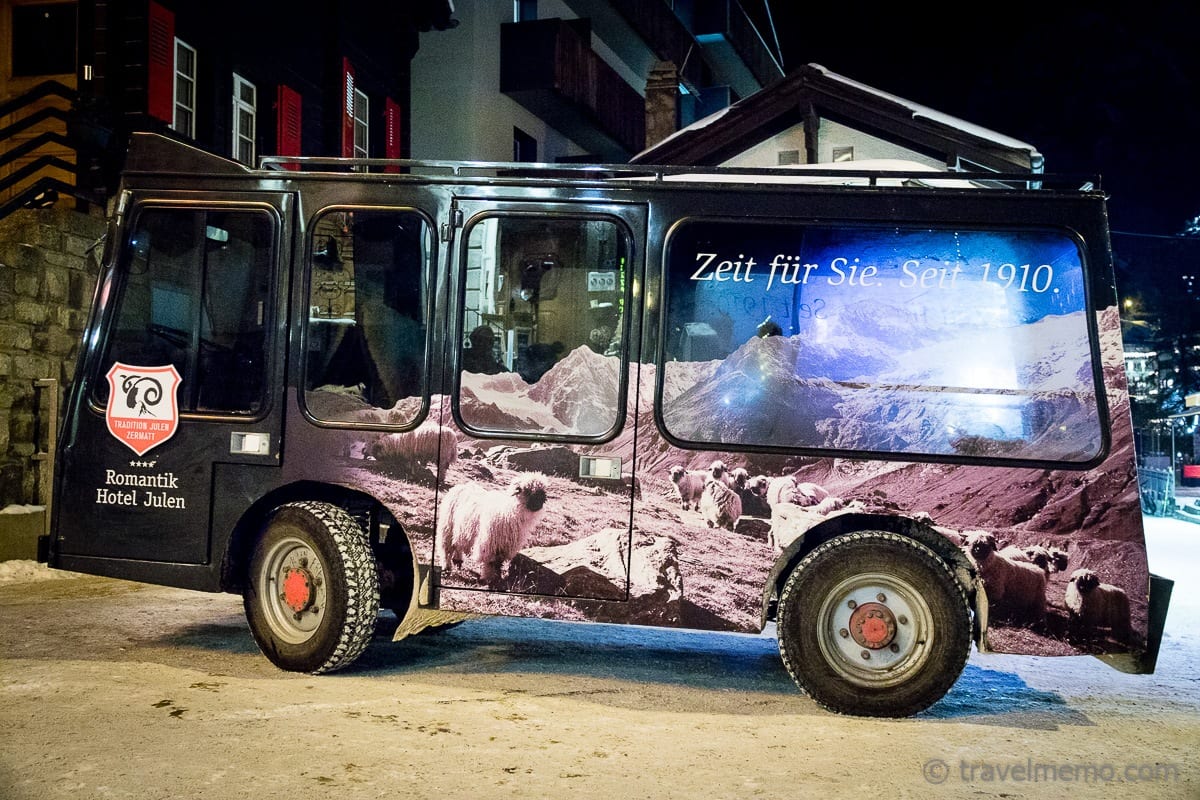

And even that is not enough: in its biogas facility, the tradition-rich family enterprise since 2015 has been producing energy from Zermatt’s trash. But thereby hangs another tale…
Warm thanks to…
… Paul-Marc and Paul Julen for the interesting information on raising blacknoses and the hospitality you showed us in Restaurant Schäferstübli!
Many thanks, too, go to Corinne Ulrich of Zermatt Tourism for organizing everything and the invitation.


